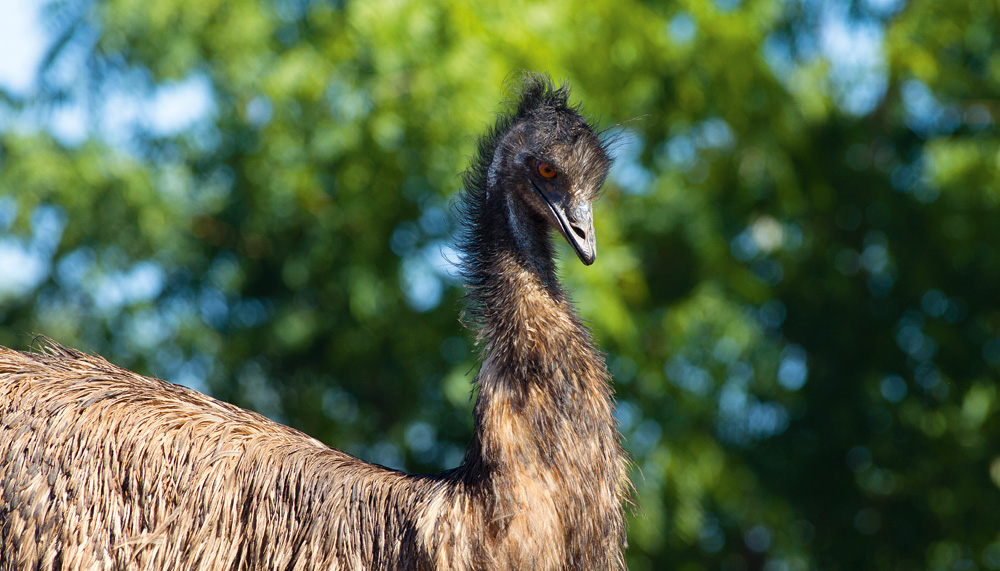The Indigenous-owned and run Seven Emu station in the Gulf Country has an unusual economic blend of bush tucker, tourism and cattle.
Story + Photos David Hancock
When Explorer Ludwig Leichhardt was passing through Gulf of Carpentaria country on his way to Port Essington in 1845, he shot a mob of emus for food and named Seven Emu Creek. Just over 100 years later, the area became the first cattle station in the north to be purchased by an Indigenous man – drover and stockman Willie Shadforth.
Willies’s son Frank and his family still hold the property under a perpetual lease, and Frank describes the chain of events that led to them taking ownership.
“After walking 350 horses from Charters Towers and selling them in Mataranka, Dad got a job to take a mob of cattle to Mount Dare in SA,” Frank says. “On the way through he backed the winner of the [1953] Caulfield Cup [My Hero] and then, two weeks later, backed the winner of the Melbourne Cup [14-to-one shot, Wodalla].
“With all that money, and the sale of some cattle, he purchased the station [for 10,000 pounds] from his friend George Butcher and became the first Aboriginal person to own a cattle station. He had 10 kids – I am the seventh – and we’ve all had to work very hard to turn Seven Emu into a worthwhile pastoral station.”
One hundred kilometres south-east of Borroloola, Seven Emu sits on the Robinson and Calvert rivers. It occupies 2280sq km and goes all the way to the coast.
The Shadforths were one of several families to drive cattle into the Gulf region in the mid- to late-1800s. They were associated with several pastoral stations, including Riversleigh, Lawn Hill and Wollogorang. Many of the Shadforth men partnered with local Garawa and Yanuwa women. Their descendants became respected stockmen and Indigenous custodians of the region. Willie was an expert drover and horseman who moved cattle and horses between Queensland, the NT, WA and SA. He was known as a fine judge of horses, which probably contributed to his good punting fortune in the Caulfield and Melbourne cups.
“My dad was born at Wollogorang in 1912 and spent a lot of time riding and droving through the Gulf Country down into Queensland and up to Katherine,” Frank says. “I think when you are riding a horse all the time and looking at country you get to know the best places. He liked Seven Emu station very much.
“Dad never went to school but he knew English and Garawa. He knew the ceremonies and law, and how things worked. He ran his business in a European way, but mixed with both cultures. How he held on to his traditions I don’t know."
This story excerpt is from Issue #130
Outback Magazine: Apr/May 2020










